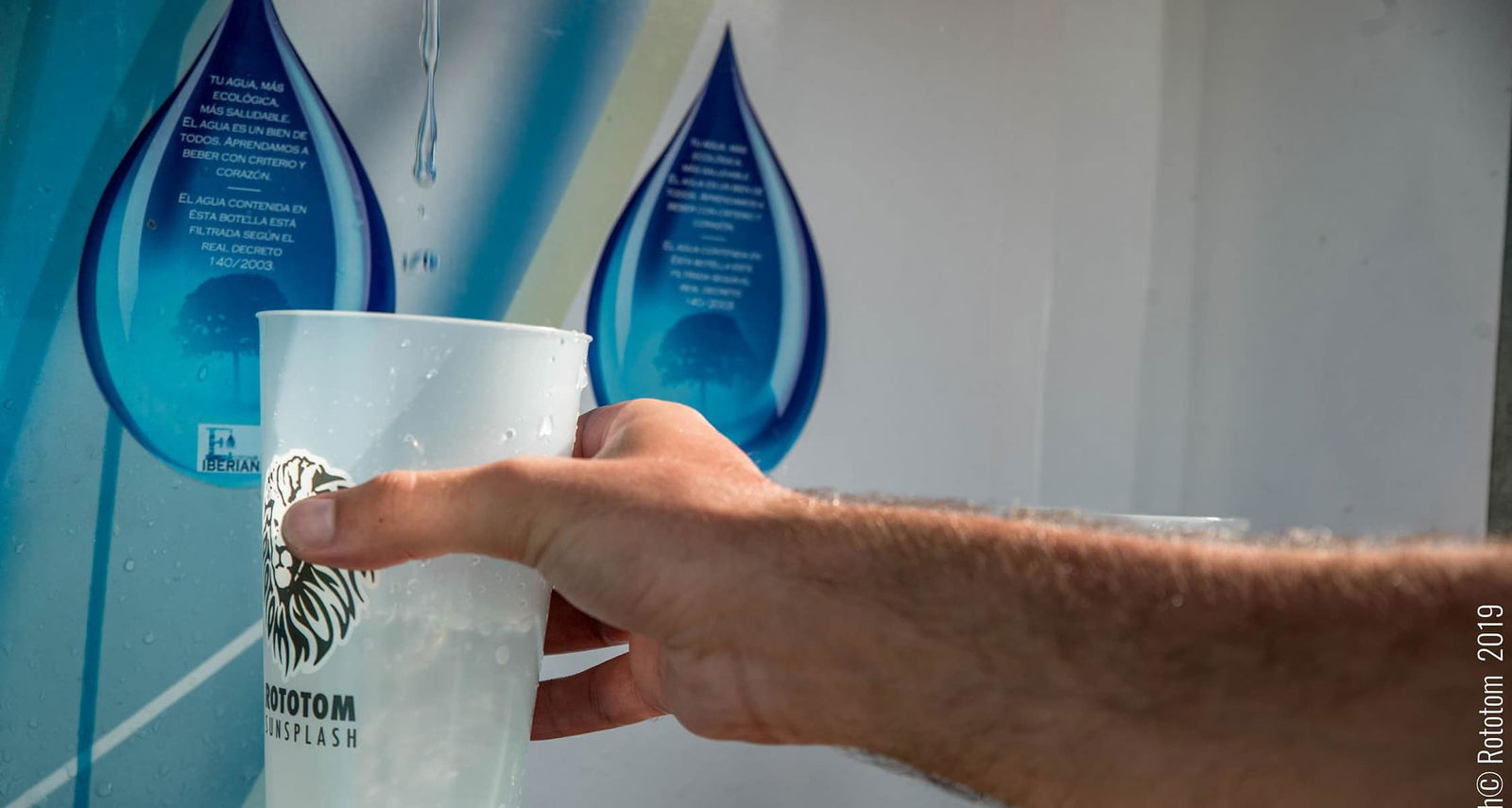We have got our certification, provided by AENOR in accordance with the international standard ISO 14064-1:2018, for our calculated carbon footprint.
We have completed the first part of our roadmap to identify the sources of greenhouse gas emissions and calculate the volume generated by the implementation of each edition. The goal? To move towards a future that is neutral in terms of environmental impact.
The next step now will be to study and implement actions that not only reduce the volume of direct and indirect emissions, but also positively offset their effect on the environment and the planet we live on.
“It is an exercise in transparency; this is the first event of its kind in Europe to issue and publicize its footprint, certifying it independently with respect to an international benchmark and under the rigorous criteria required in such a process, which has covered the entire life cycle of the event,” says Tuawa + Global Omnium. The company that was in charge of the measurement project that has identified, through a team of 15 professionals, the sources of emissions of the festival during its last edition, that of 2022, which brought together 211,000 people in one week, to begin to reduce its carbon footprint.

AENOR, which states that the verified footprint report issued is “a faithful representation” of the emissions of the activities carried out by the festival, already made an estimate of the emissions ceiling during the organization process of our last edition.
This first study analyzed the main emission sources of the entire life cycle of the festival -logistics, transport, accommodation and consumption of the public; waste and services, and operation and use of the facilities- and calculated the CO2 emitted per edition at 8,700 tons.
However, the final justified footprint of Rototom Sunsplash, after collecting and verifying the data from the different emission sources, totals 5,036 tons of CO2 (3,600 tons less than initially calculated) of which 24% is generated directly by Rototom Sunsplash, for example through the work of assembly and disassembly or consumption and waste during the event, while 76% is indirect footprint, caused for example by the movement of the public and artists, with a strong international profile, or suppliers.
According to Rototom Sunsplash ““our short-term goal is to act on that 24% of direct footprint to, in the medium term, focus on actions to mitigate and offset that 76% of indirect footprint and approach zero emissions in terms of direct emissions. Now that we know what we emit, this challenge is more feasible”.
The figures highlight the festival’s commitment, acquired many years ago, “to recycling, reusing resources, recovering materials and environmental commitment”, according to Tuawa+Global Omnium.
In this regard, the importance of the savings in water consumption and plastic emissions thanks to our ‘plastic free’ seal, achieved with the replacement of all plastic bottles with filtered water solutions provided by Tuawa, is clear.
